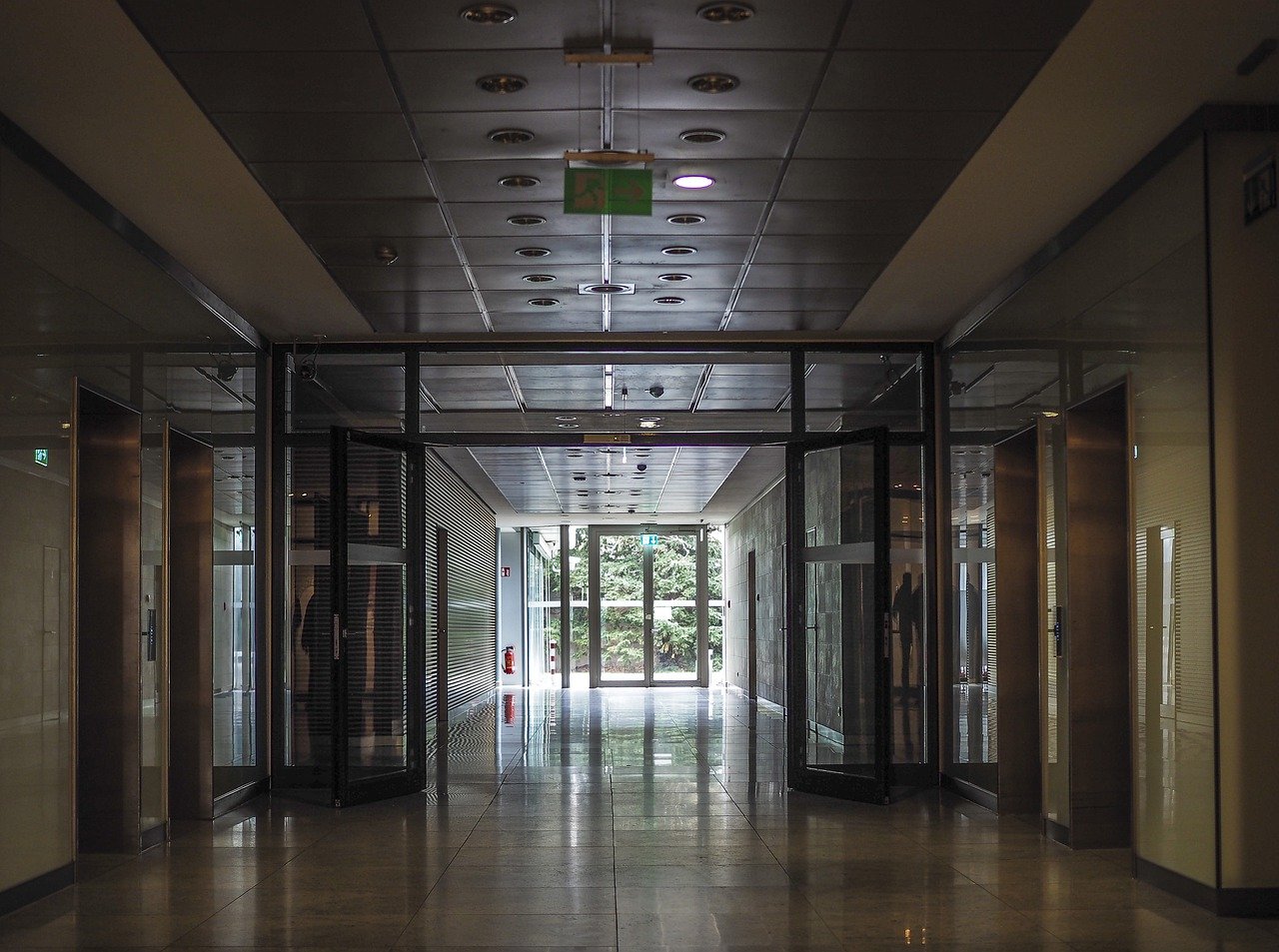Telemarketing Business Challenges And Their Solutions

A top-notch appointment setting service is the foundation of business success. Telemarketing companies are the line of fire for getting the best customer services. However, various factors stand between a telemarketing appointment setting company and its goal to achieve the best customer service. But many challenges hinder the telemarketers and affect their efficiency.
Challenges Telemarketing Services Companies Experience And How To Solve Them
In today’s digital world, businesses are growing at a fast pace and entrepreneurs are exploring all possible tools to gain more and more customer support. However, they are relying more on the telemarketers, and more and more businesses have started outsourcing appointment setting companies. They are getting the best opportunities not only from the operational standpoint but also from the technological perspective.
As entrepreneurs are now adopting all the best solutions and practices possible to promote their organizations, employees, and most importantly, their customers, the telemarketers are experiencing the right amount of challenges. Often, they expect every campaign they handle is a successful way to bring business. But since every battle is carried out with different purposes and has a different goal associated with it, telemarketers need to chase different approaches while carrying out various telemarketing campaigns.
Small or startup telemarketing companies specifically experience different hurdles that prevent them from converting the leads into business success.
The staff that lacks knowledge and experience
A single unfortunate event of anger and unprofessionalism can be a fiasco. Your business, however, can have an adverse affect if your telemarketers are poorly trained and lack experience and knowledge. However, this is an essential thing to be taken into consideration. There are various things you can do to tackle this matter.
First and foremost, you need to sign an utterly qualified and experienced team that can help you engage the right individuals. Conduct regular training programs to allow the team to learn what your company has to offer. Also, help them understand how they can use advanced QA tools, including other tools like easy to use dialers, click to call, CTI, etc.
Inaccurate data management
“Data is King” we all are aware of this saying. Data management is essential whether you are a business owner trying to target the right audience or an account manager trying to settle existing contracts to produce fresh qualified leads. If the data is inaccurate, it can be a massive failure while running the telemarketing campaign. However, it will be harder for you to sell services and products to the target audience.
The best solution to your data management issue is to hire professionals who have the right skills, knowledge, and experience in B2B and B2C small business marketing. These experienced marketing experts can provide presorted call logs per various demographics like the number of employees, business revenue, industry, etc. Furthermore, you tap into a wide array of essential customer information.
Reporting
When it comes to reporting, the overall number of calls made and the appointments generated are the most crucial information for appointment setting services providers. The report based on “not interested” names is equally essential for the appointment setters since it provides perception into the prospects’ taste, i.e. likes and dislikes, and buying behaviour. Studying this data precisely and carrying out remarketing campaigns based on the information has more chances to turn the contacts into prospective customers in the future.
Moreover, a call analytics software inclusive of a dialer software can benefit you to explore the efficiency of your sales calls. The key features such software include Call Tracking and Call Reporting. This feature provides you with extensive information of all outbound telemarketing calls.
Finding the Unique Selling Point
If you are a small business owner or a startup, you will not want to waste money on the overpriced marketing campaigns. What you need is the Unique Selling Point (USP)—defining a USP help in having the edge over the competitors in today’s fiercely competitive marketplace. Identifying a Unique Selling Point can make your service or product more unique and attractive to the consumers. However, transmitting your USP to customers through the way of telecalling is a difficult job.
What your business can offer that other products or services cannot? Establishing a USP begins with the understanding and sense of your product or service. An explicit USP makes your brand stand-out from others in the market. When ensuring that your potential customers remember your brand, it is vital to communicate your USP through branding, which requires precise market research.
Conclusion
There are various other challenges businesses may encounter especially the small companies and startups based on their specific business nature. If you are looking for the best solutions for your business, reach out to professional telemarketers. In today’s digital age, telemarketing appointment service is even more relevant. It is the second most effective way for business-enhancing and development. Not considering telemarketing for your company could be a foolish idea. Outsourcing your campaign to professional appointment setters New Jersey who have experience in your industry will be an effective way to handle various challenges.








